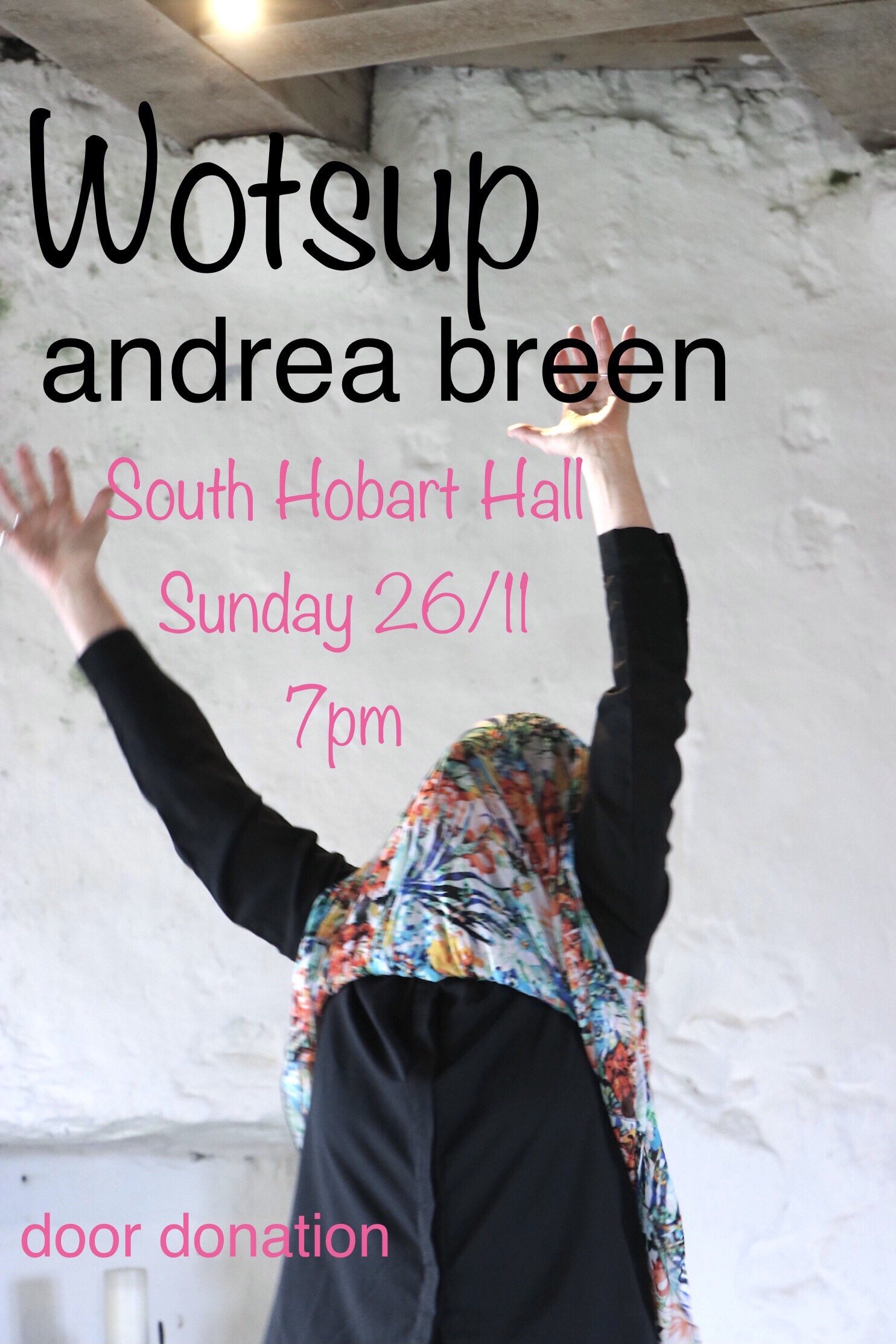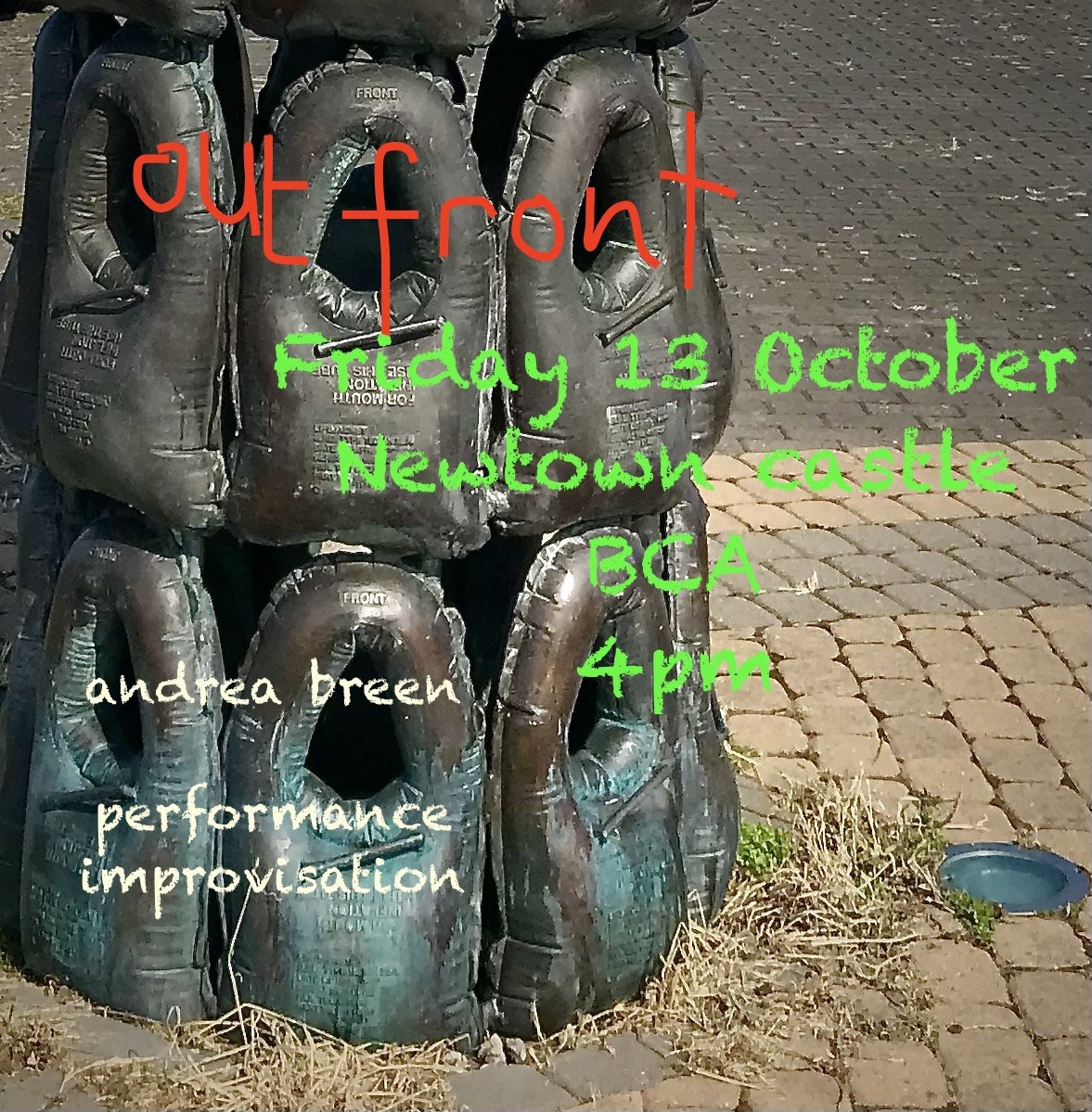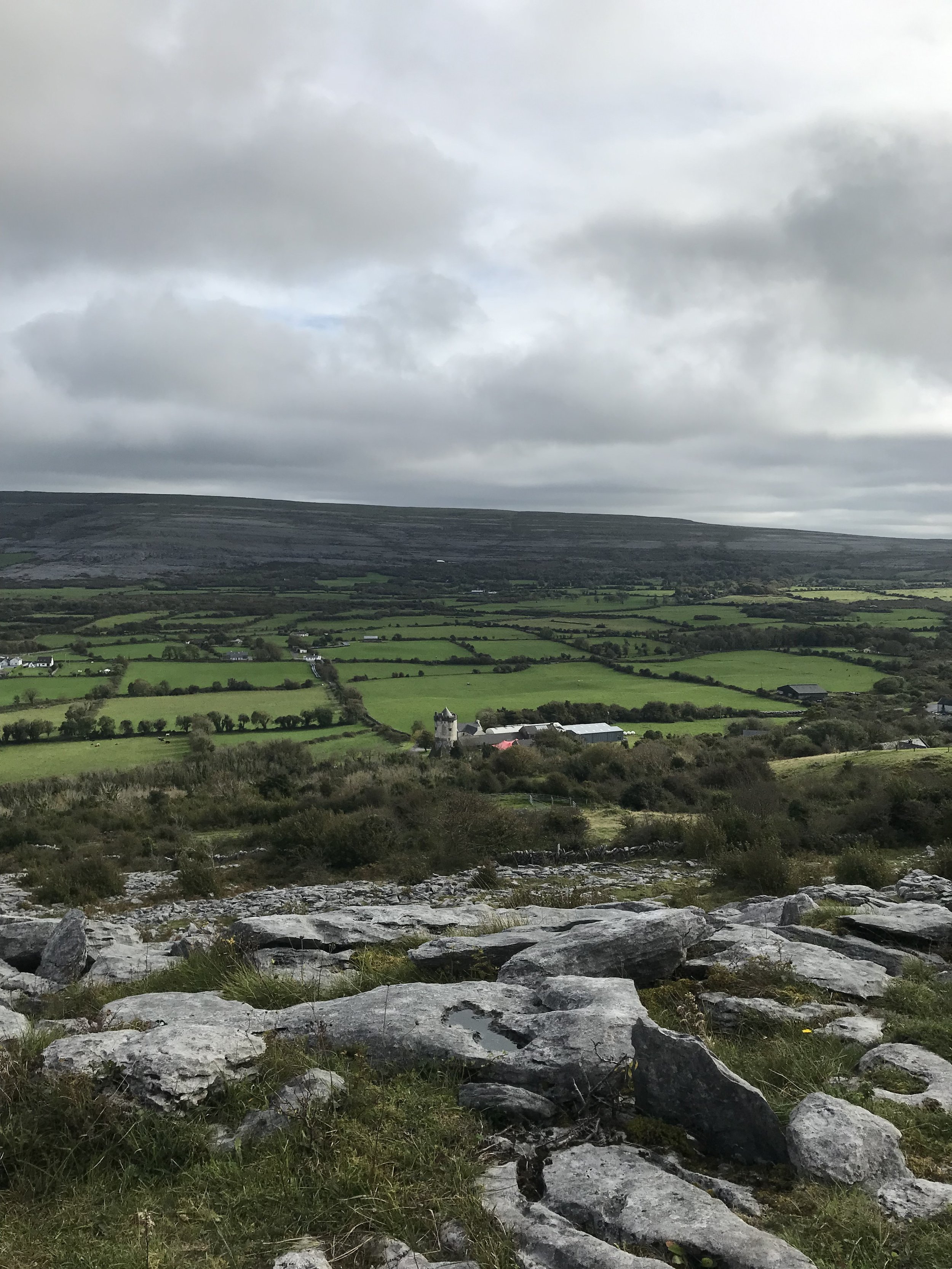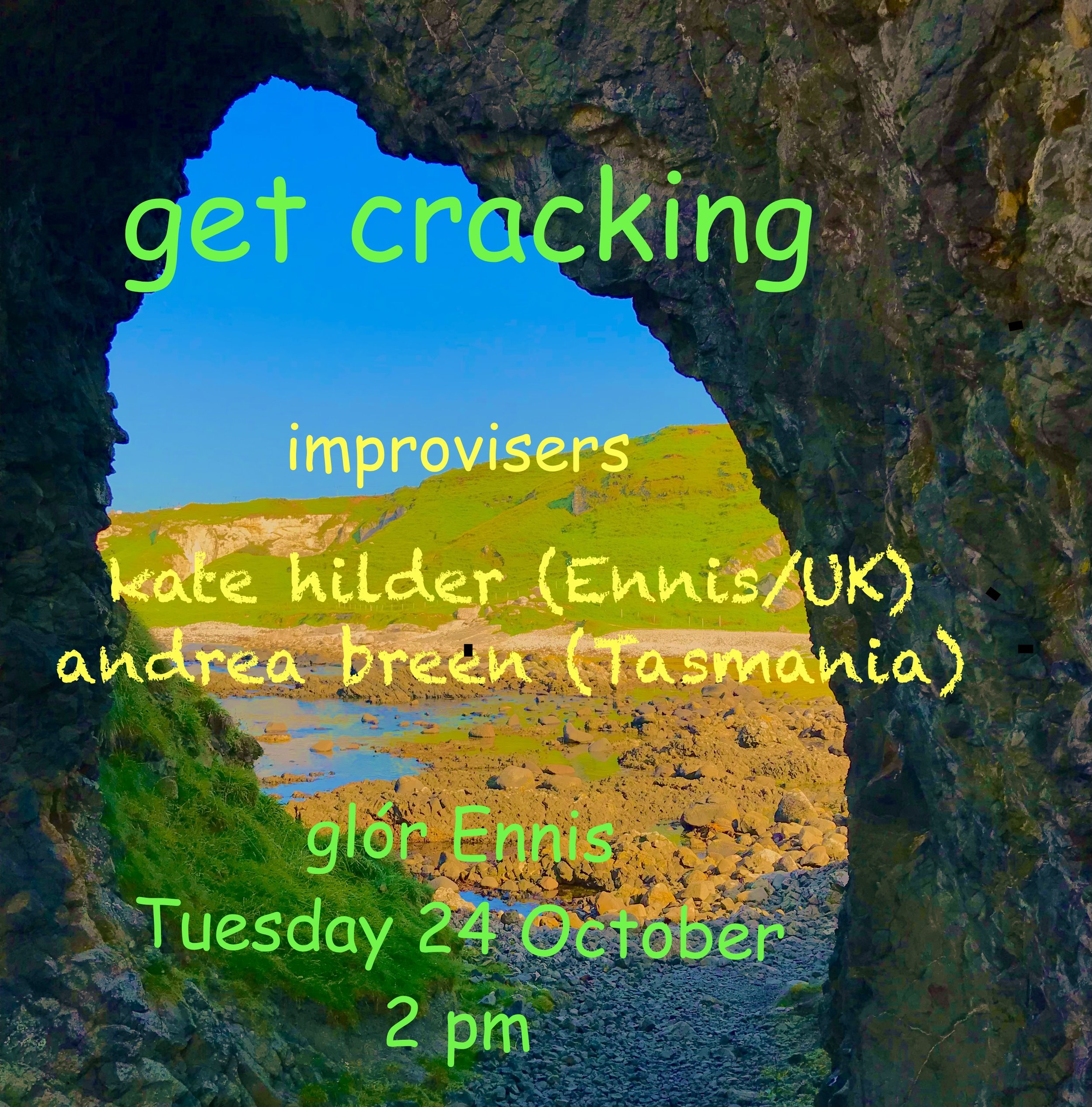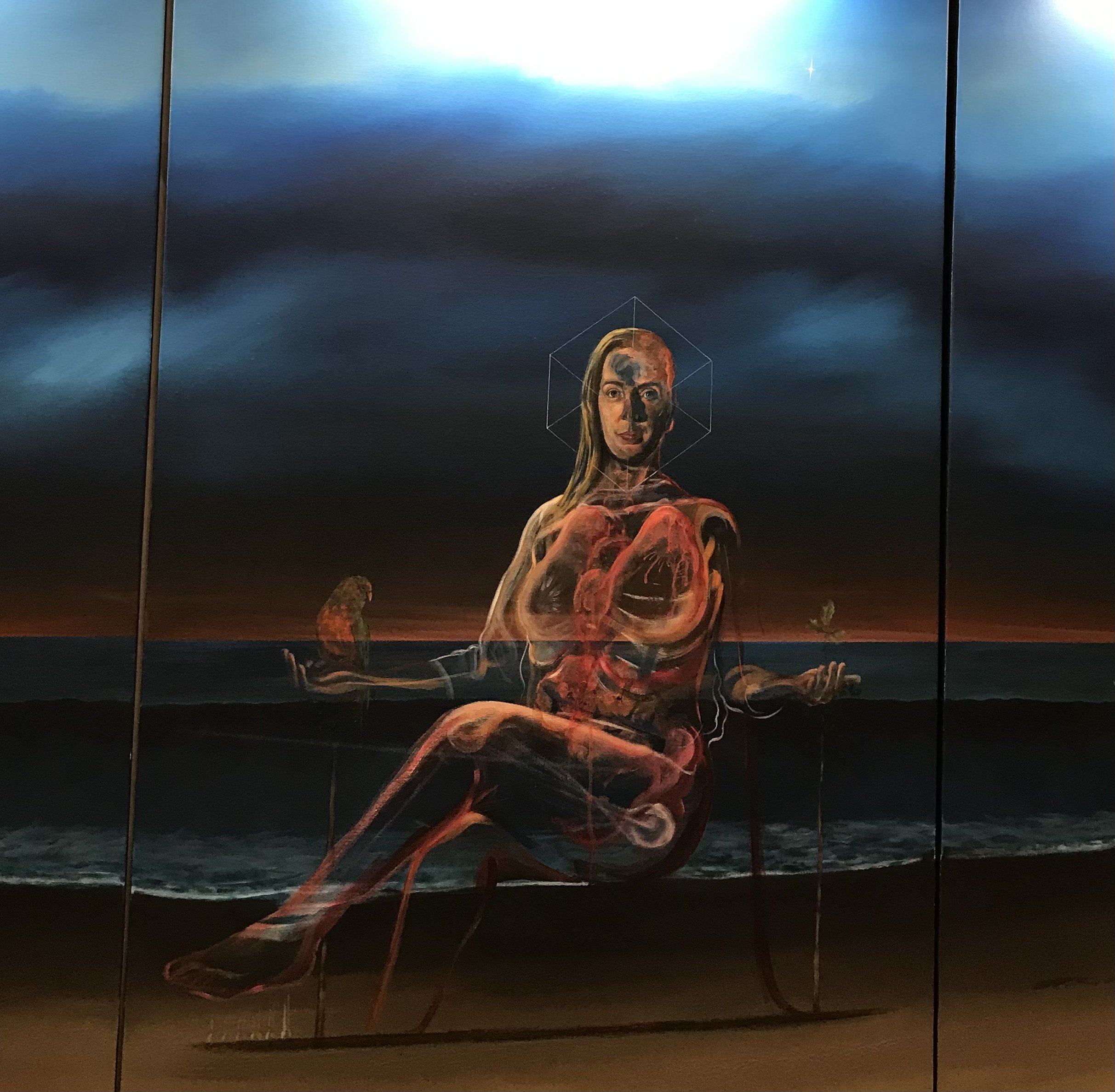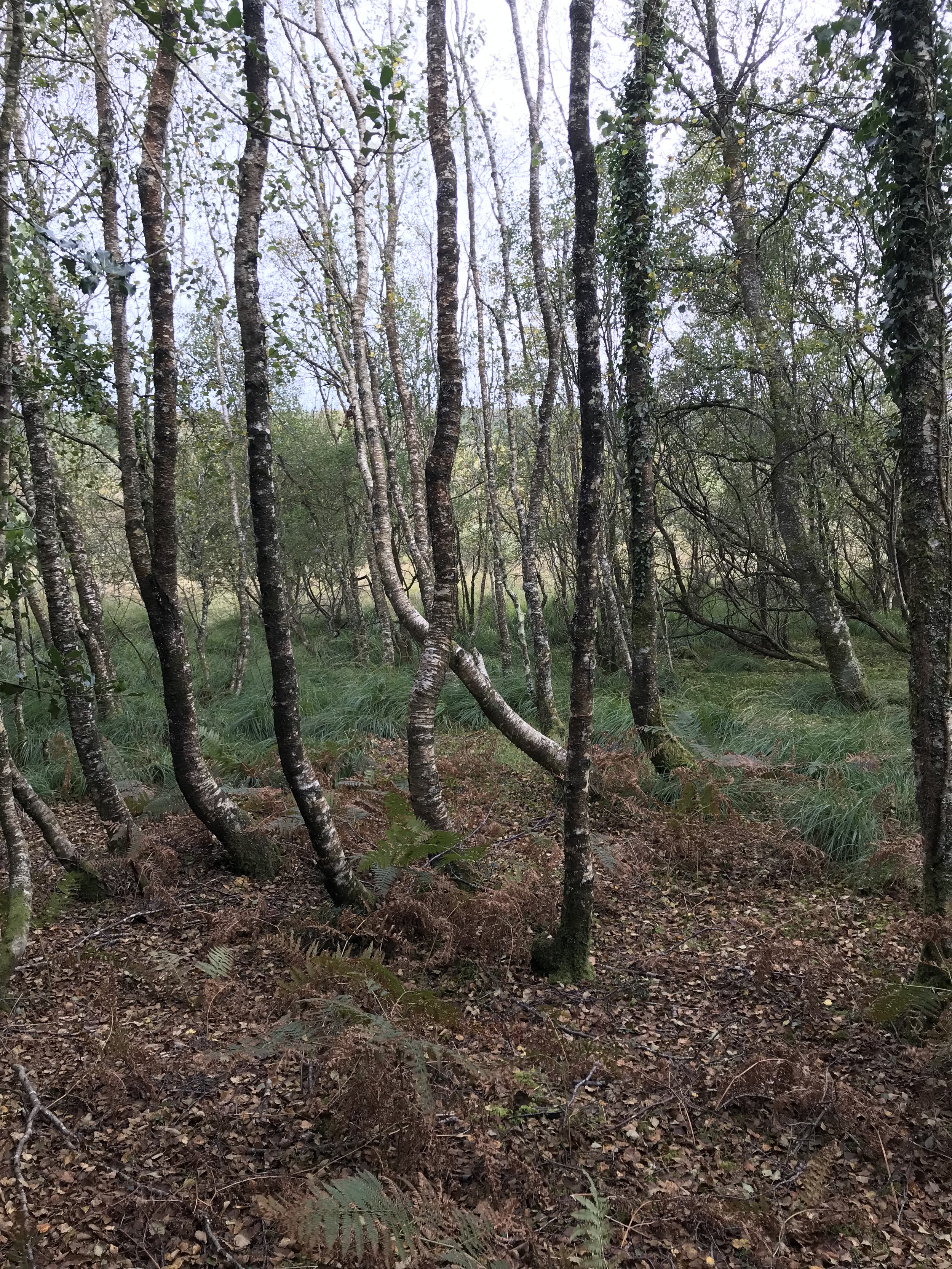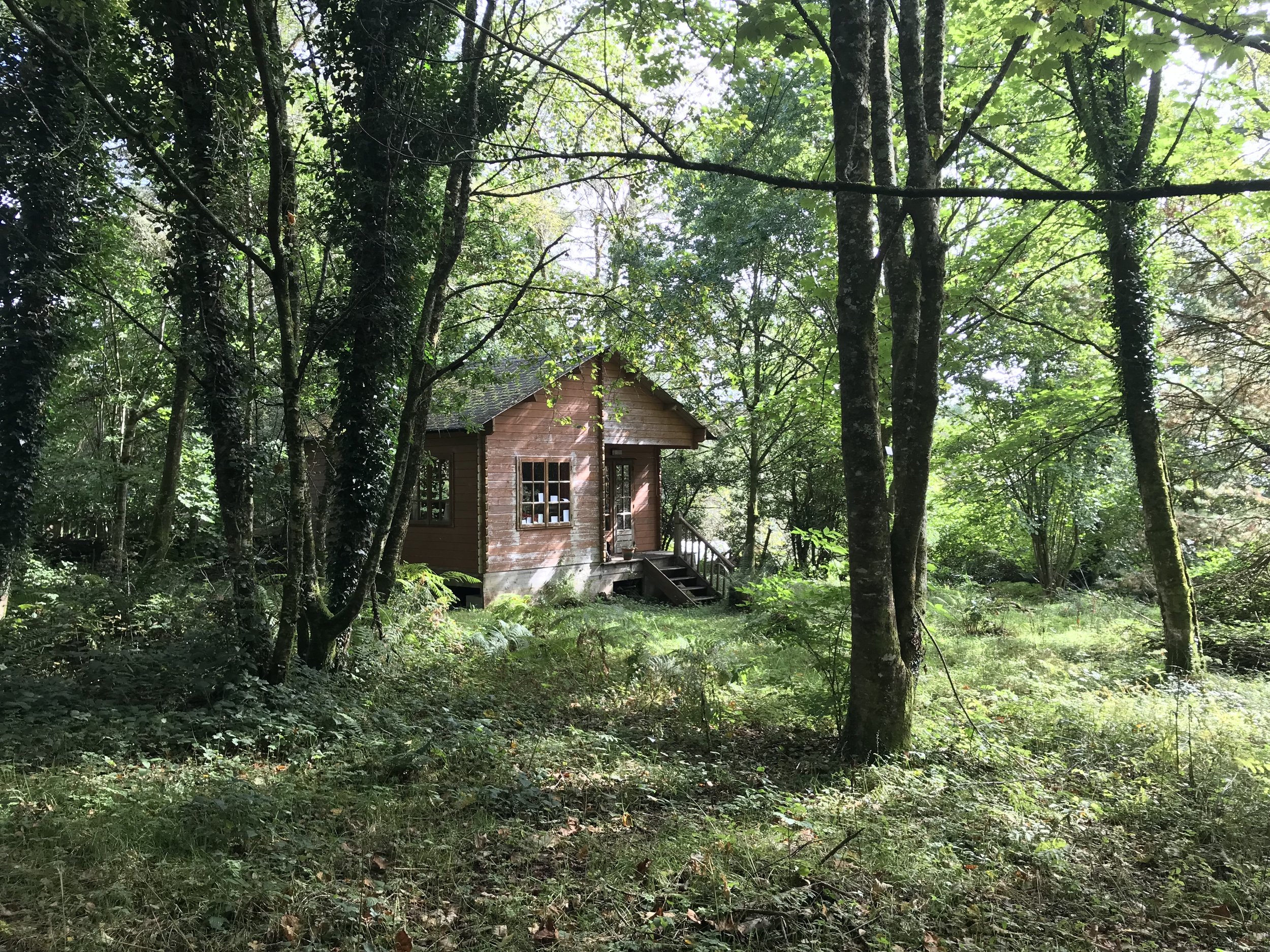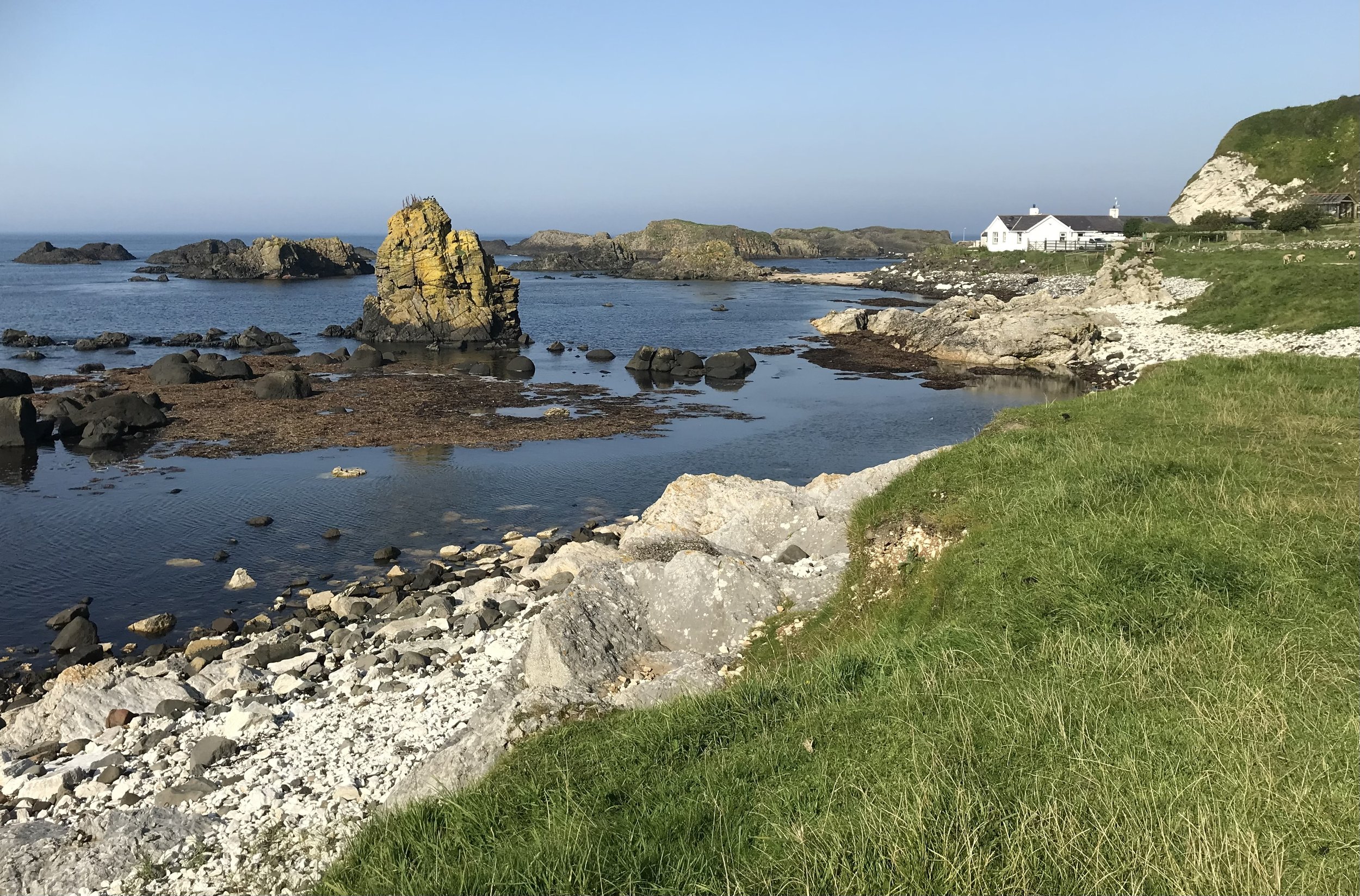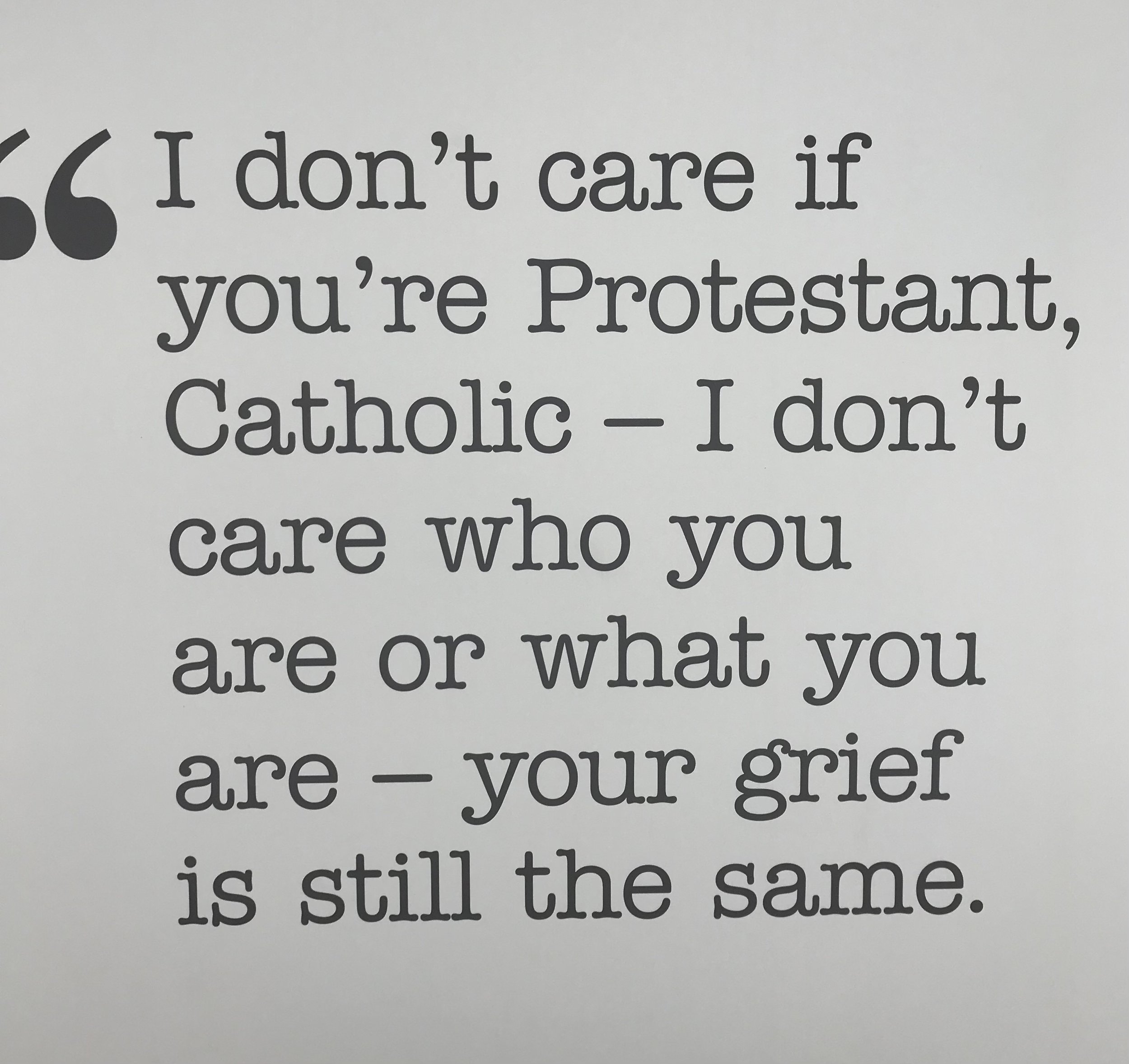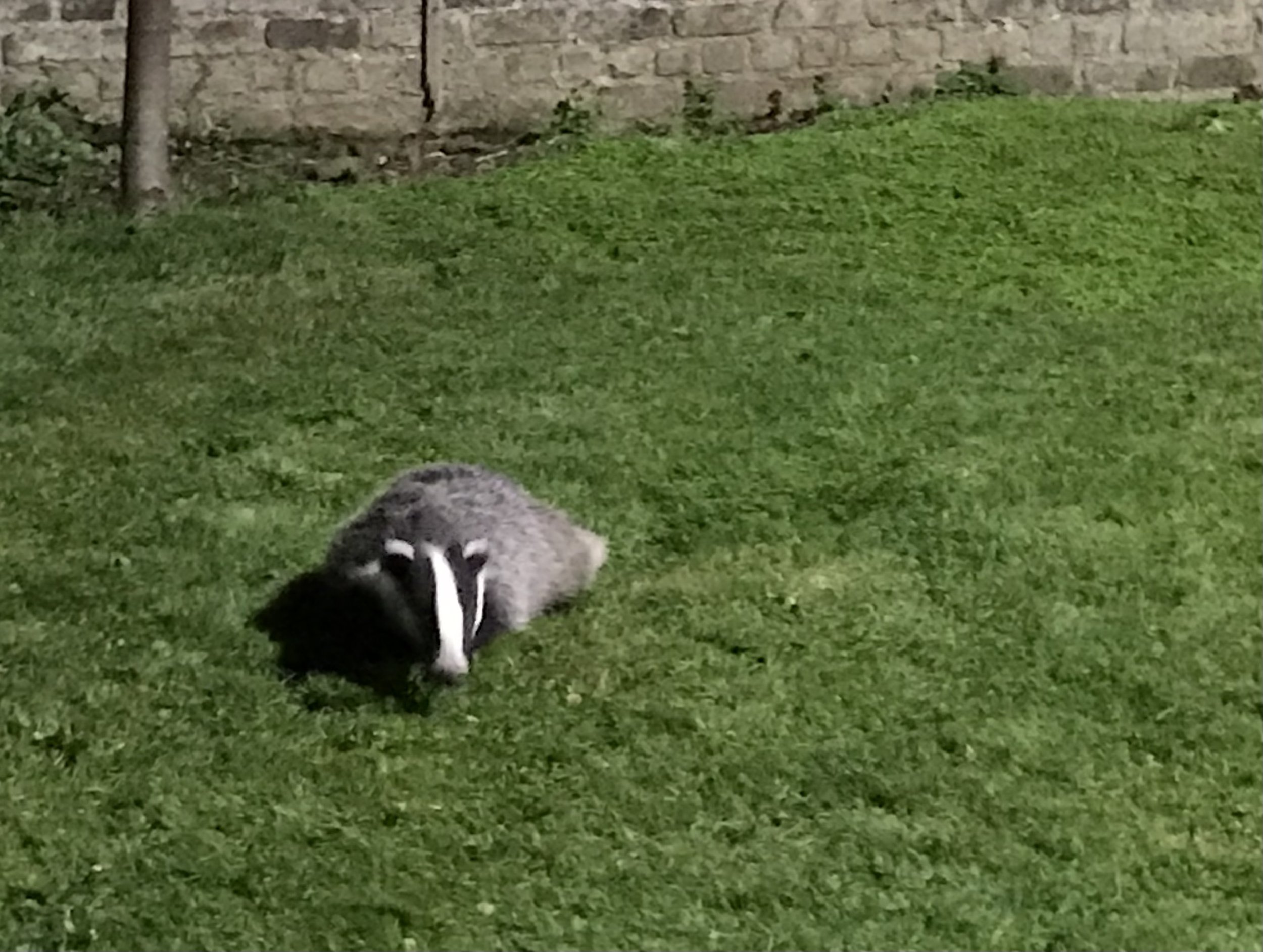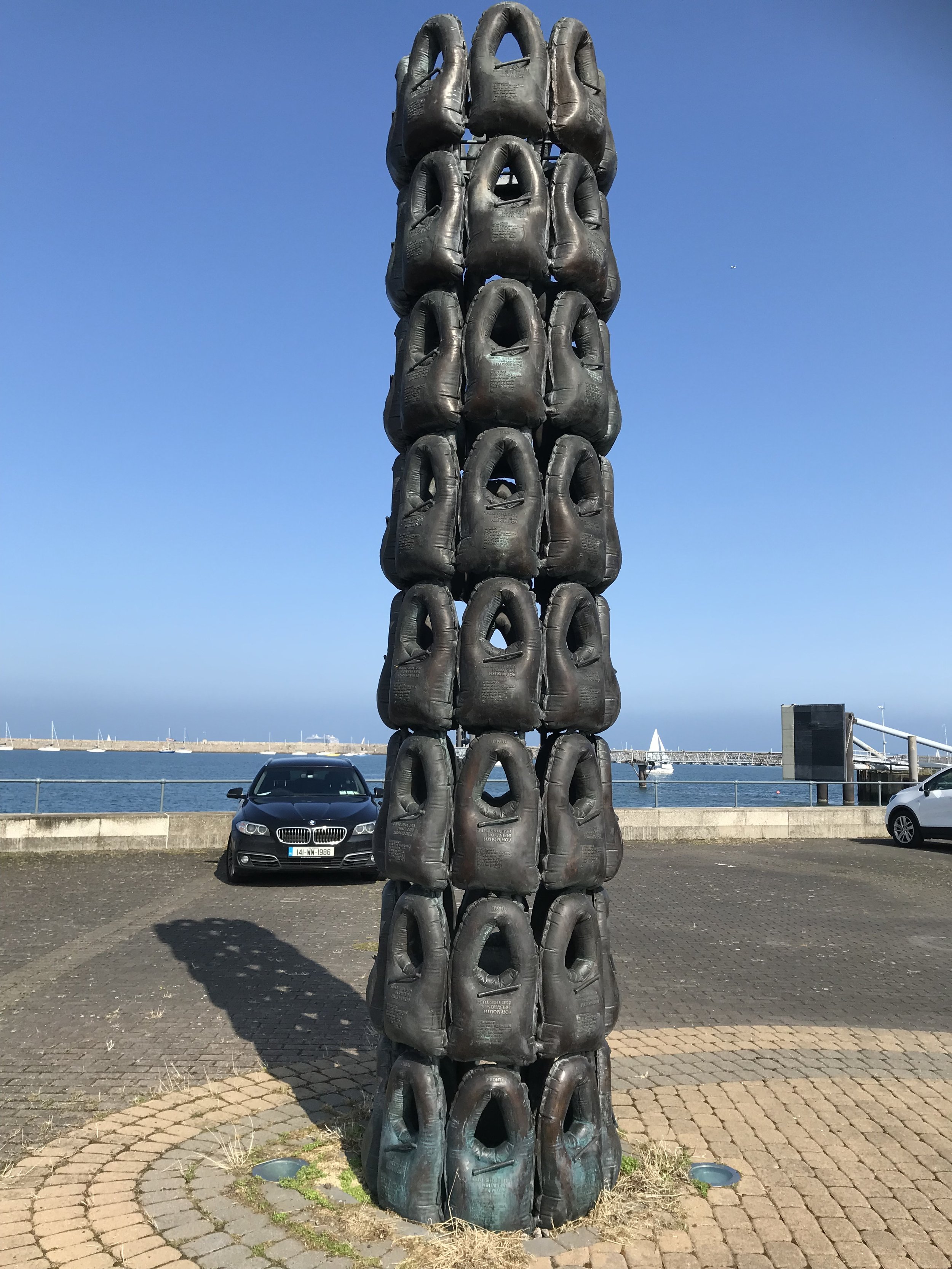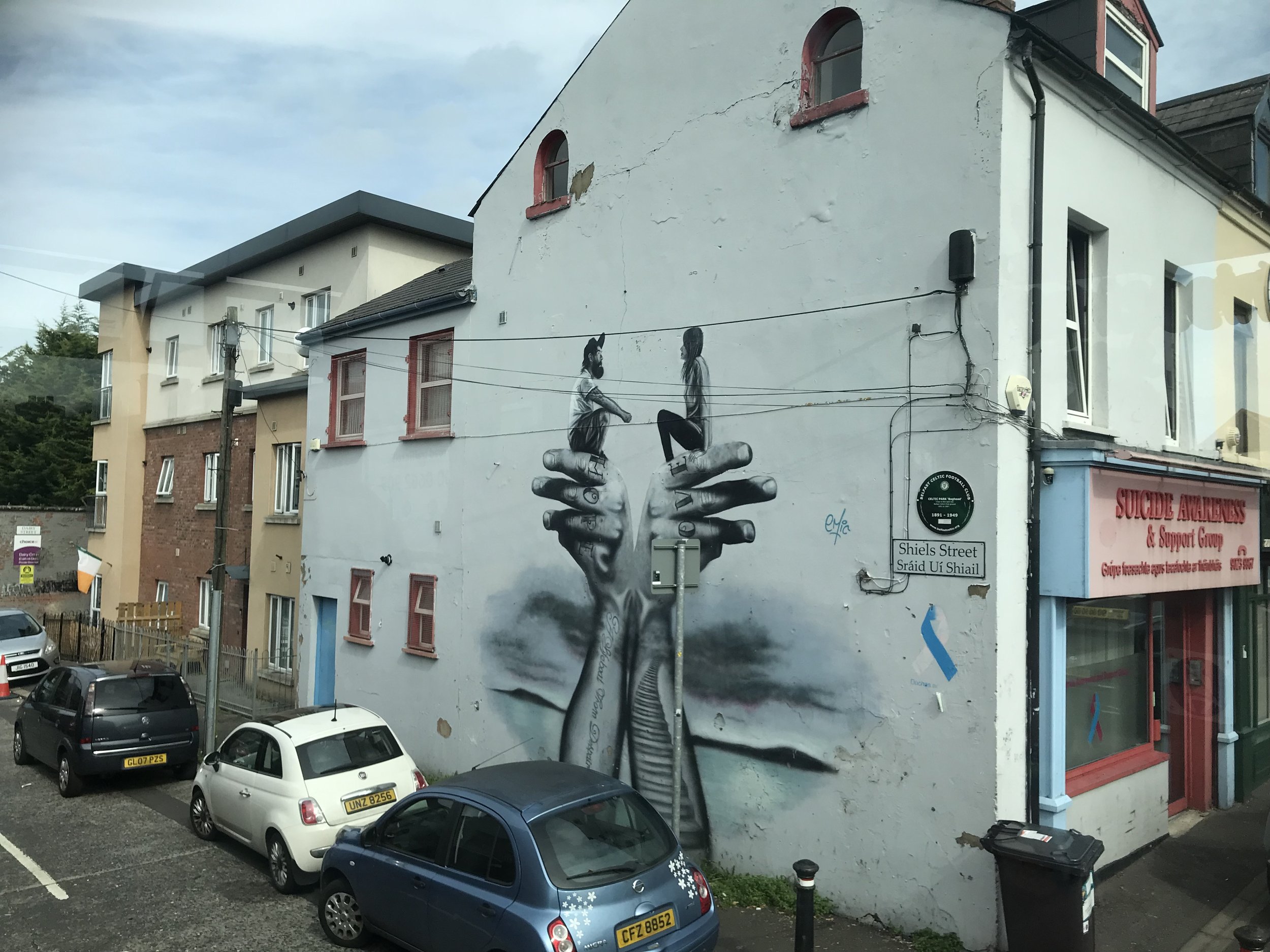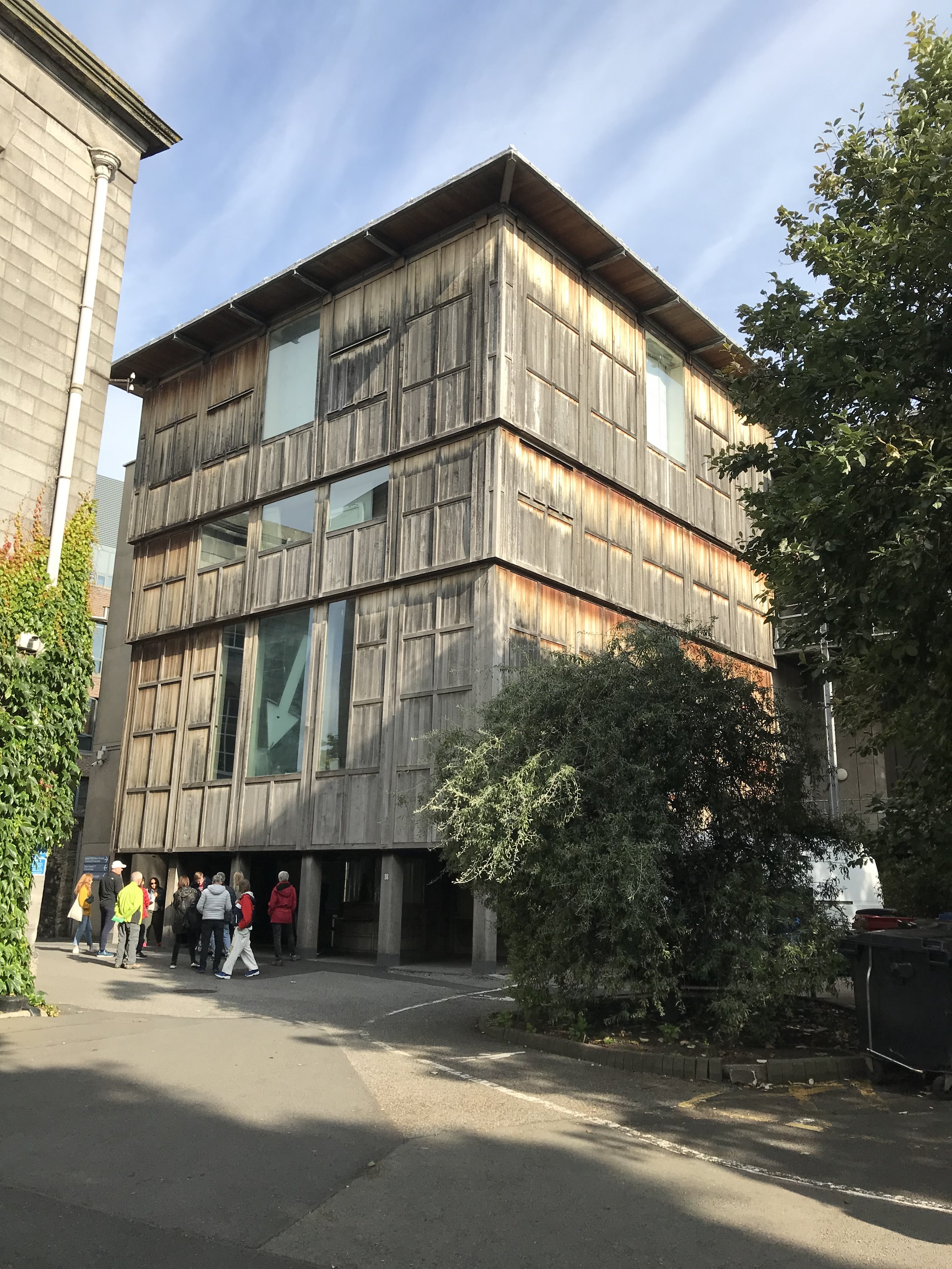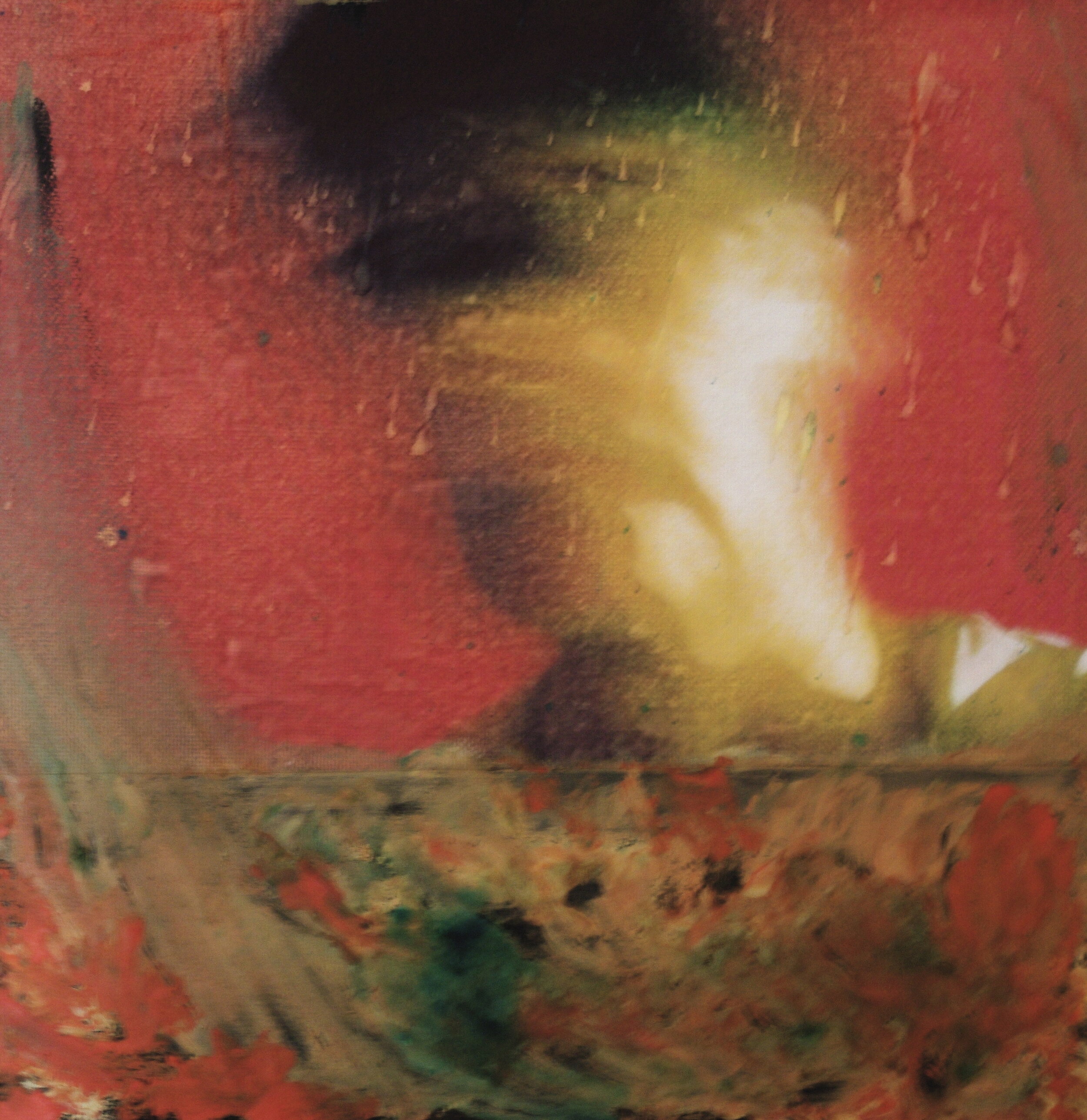Hut in the woods, near Gort, Co Galway, Ireland.
During this retreat I’ve discovered the world of composer Annea Lockwood (Aotearoa/New Zealand-American). How have I missed her? She has spent most of her eighty years listening to, and recording, the sounds we live amongst, and teaching others how to listen to sonorities around us.
[Is listening art?]
Annea Lockwood says (in her film: link below) that she ‘listens to dusk, her favourite time of day’. This has prompted me to go outside each evening, stand very still and listen – to dusk. It’s often been very still, and at first, silent; if I listen, I hear sounds. The sudden flap of magpie wings, a barking dog, tits chittering from beneath a pile of branches, a banging door, a puff of wind across wet leaves, drips from guttering, the breath of a horse, a fluttering leaf, the scurry of a squirrel, a conversation between birds in the canopy. Music of now.
When I listen to the world outside my door and when walking in the woods, and, to what’s within myself, my body remembers the state of being stationary in deep silence; and yet I feel it’s elusive, squashed into what Bourdieu calls the habitus (‘personal habits, skills, and disposition of character’). I hope I’m becoming more alert to the losses I sustain by inhabiting rushing and checking what I’m conditioned to think is essential (emails, messages, ‘the next thing’…). I clearly exist in the epilogue of the media generation and capitalism’s projects, no matter how much I think I’m a ‘subversive’ (whatever that means!).
I’m reading Annie Ernaux ’s The Years: a recent history, told in a unique kind of memoir in third person:
This will not be a work of remembrance in the usual sense, aimed at putting a life into story, creating an explanation of self. She will go within herself only to retrieve the world, the memory and imagination of its bygone days, grasp the changes in ideas, beliefs, and sensibility, the transformation of people and the subject that she has seen – perhaps nothing compared to those her granddaughter will see, as will all beings who are alive in 2070. To hunt down sensations that are already there, as yet unnamed, such as the one that is making her write.
…To save something from the time where we will never be again.
An extraordinary narrative of how social and political dimensions (and events) effect lived experience, memory and meaning. As Deborah Levy says on the cover: ‘One of the best books you’ll ever read.’ Annie Ernaux is fully deserving of the Nobel Prize for Literature, 2022. But what would she say about our world now? (The Years was published in 2008)
I brought with me one book of poetry: John McCullough’s Panic Response, a collection of poems about making sense of the mind:
Thinking is always chasing,
the mind approaches then loses impossible quarries —
a sequence of stumbling phrases, gasping air.
When I dip into his poems, I’m always nourished by them and by how he writes to filter the shifts and shapes of being human.
Friday night was Culture Night across the Republic of Ireland. The country was thick with events for all ages and tastes. Gort had many to choose from: exhibitions, music, nature walks, a talk by the icon of Irish folk-lore and stories, Eddie Linehan; and an event hosted by Gort Cancer Support: a touring portrait, remembering Vicky Phelan who campaigned against Ireland’s CervicalCheck screening scandal. She was not told of incorrect smear test results after Ireland outsourced the screening to a bogus Texas company. She died in 2022 – and many other women also died as a result of this mess – after a vigorous campaign, that included her refusal to sign a non-disclosure statement and High Court action against the lab (which did not admit liability). She is celebrated in Ireland as a huge force for advocacy in women’s health and as an agent for change in the very compromised Irish medical system. The presentation – by David Brennan, close friend and owner of the portrait – was deeply affecting and an inspiration for how one woman can destabilise paternalistic systems enough to generate change.
[Ah, but there’s still so much more to do!]
A highlight during Culture Night was attending a River Walk with an orchestra of local young string players. They walked two kilometres (there and back) beside the river while playing their instruments (cellos strapped to waists), followed by family members (carrying cases) and people from the community. A rainbow heralded the beginning but rain held off for the whole event. There was so much joy on the faces of everyone. As we arrived back at the car park, we celebrated with the band as they played, and danced in a circle, for their finalé.
One of the delights too of being in this community is staying long enough to meet artists, and to connect with artists I’ve collaborated with in Ireland, in person and online. Through an invitation to join KAVA[1] in 2018, while I was at the Burren College of Art, opportunities have emerged that have included participation in several KAVA exhibitions and an offer to compose music for HERSELF, a film celebrating St Brigid (2023 was the inaugural St Brigid’s Day, a public holiday). I am indebted to Shona McIlvray, a member of KAVA and a passionate community artist, for the invitation to create sound for the film and for her generous offer of this cabin for retreat; and it’s been a delight to meet Jill Beardsworth, the filmmaker and to see her new film at Culture Night: a beautiful documentary created with adults living with intellectual disability. I met Darryl Vance too finally, at his wonderful exhibition (on recycled cardboard) in Kinvara, after many online conversations for the KAVA Not Over Yet and Cahoots (mail art) collaborations (that mostly happened during COVID lockdowns). And I must mention the artist Antoinette Hensey too, my host in Monkstown, whose leadership held KAVA together for many years before she relocated east.
Before leaving Hobart, my friend and improvisation mentor Andrew Morrish suggested I contact Kate Hilder, who, like me, has been an improviser for many years and a beneficiary of Andrew’s mentoring and encouragement. She is from the UK and lives in Ireland now, not far from here. Yesterday we met, practised for a couple of hours and performed to a small audience in a cosy yoga studio in the centre of Gort watched over by a huge bust of Buddha and a garden gnome. The resonances that come from sharing the wonder and strangeness of improvisation and deeply knowing the idiom set us up for a day of rich emergence made all the more fabulous by our initiation into each other’s practice. Kate’s voice, my viola, language-experiments and our dance-bodies found form in solos and duos as we cascaded along a continuum of similarity, difference and shared imagination. We want to improvise again while I am still in Ireland. Make it all up I say!
[Is improvising art?]
Just a few more days in this neck of the woodpile and I’m at the Burren College of Art for four weeks of finding art in being human. Does that mean play?
This blog is feeling more like an epistle than a blog, so it does, as the say in NI.
Here’s a link to the Annea Lockwood’s film ($5 to download it for 24 hours) https://vimeo.com/ondemand/annealockwood/560449669).
https://www.theguardian.com/world/2022/nov/14/vicky-phelan-exposed-irish-smear-tests-scandal-dies-cancer
https://www.darrylvance.com/
[1] KAVA: Kinvara Area Visual Artists (Kinvara is a town near Gort, close to the Burren)

